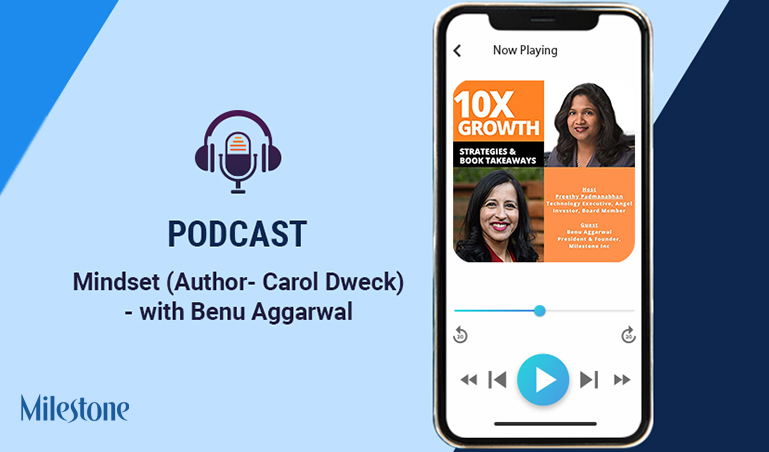At SMX Advanced, Danny Sullivan (founding editor of Search Engine Land) sat down with Matt Cutts (the head of Google’s Webspam team) for a Q&A session. Naturally, the conversation was about spam, penalties, and ranking. Matt explained Google’s reasoning behind initiatives to improve search quality and reduce webspam. He talked about manual penalties (Penguin updates) and how to avoid them.
Ultimately, all Google algorithm changes are focused on improving user experience. Even though there wasn’t a discussion on web design, it was clear that it is very important to the user experience. Other important factors are website speed and structure.
This summary will help you identify what to focus on in the nearest future, what is important for your visibility and reach.
Ranking and Penalties
Google is rolling out search algorithm updates (Panda updates) more than 500 times a year. All Panda updates are about quality. The Google team announces big changes and doesn’t make a big deal out of small ones. Recent Panda updates are small.
The number of sites affected by algo updates differ by country. Sometimes the change will affect 0.3% – 0.5% of queries in the US and 3% – 4% in countries like Turkey, for example. Often people do not even notice when an updates roll out.
Algorithm updates do not target every query. Each update is focused on a specific type of spam. Penguin update, for instance, targets webspam. Penguin 1.0 affected home pages only. Penguin 2.0 went deeper into the site, to the individual page level.
The Google webspam team starts with a specific type of query. The penalty does not target individual sites, but rather the spam techniques they use, especially illegal tactics. There might be several releases of Penguin that tackle several angles of a single issue.
One of the signals that Google examines is a site’s link profile. As a result, sites that have low value and irrelevant links are getting penalized by Penguin updates. Matt Cutts emphasized that you want links that are hard to get.
If a manual spam action was taken against your website, you will receive a message in your Webmaster tools. If you violated Google’s guidelines, you will know. Recently, Google started to include 2-3 example URLs in the emails that are sent to webmasters of the sites penalized by Penguin.
Typically, all manual actions automatically expire. Then, the ranking is supposed to come back. The thinking is that if the domain is still breaking the rules after the penalty expires, they will be caught (again). However, if the domain is completely awful and has no redeeming value, it might get a penalty that does not expire until the domain itself expires. Sometimes the Google webspam team will revisit a bad site to see if it is as bad as it was the last time they visited it.
When you get a penalty notice, you will need to clean up your links. Before using Google’s disavow tool, you need to make an effort to remove bad links by contacting the bad sites that link to you. Google will not automatically restore the ranking if you only used the disavow tool – the links are still there and can be found in your backlink profile.
Google does not have different ranking rules for different niches because it is not scalable. However, there is a limited amount of manual reviews of specific broad categories, like health or travel. If the category has highly autoritative sites with a lot of good content, Google might give them a manual ranking boost in their category.
One benchmark that is left out of ranking consideration is user behavior. It is not reliable, according to Matt Cutts. Metrics like click-through rate and bounce rate are not factored into the ranking algorithm.
Mobile
Mobile is exploding much faster than anyone anticipated. Matt Cutts emphasized that it is extremely important for website owners to optimize their websites for smart phones.
Matt outlined 2 common problems with websites’ mobile performance.
1. Many mobile sites re-direct to their Home page from the search results when the visitor is on a smart phone. The site has a thousand pages and all of them re-direct mobile users to the home page. That is bad experience.
2. Likewise, when the Google bot mobile crawls the site, it gets redirected to the feature site, then mobile site, creating an infinite loop. If there are these type of errors, Google sees more potential errors in the future. That would qualify the site as poor quality and the ranking will drop. Worst case, treat a mobile phone like a normal browser. That way you will not have weird re-directs.
Your site needs to be fast on mobile phones too. Speed has become a ranking factor. If your website performs well, it will not get a ranking boost. However, if it is slow, your ranking will drop.
At the last Google IO conference, Google outlined best practices for site speed optimization: http://www.youtube.com/watch?v=uR5urTx8S4E
Priorities for better performing sites
1. Ranking. Your website will rank well if it has good design, user experience and performance (speed, structure, configuration). Your site will rank well on mobile if it is optimized for mobile phones and excellent user experience. If you are an authoritative site in a specific category (like health or travel), the Google review team might give you a manual ranking boost.
2. Penalties. Clean up your links to avoid spam penalties. Panda is an automatic algo to foster quality. Penguin is more about spam and usually results in an email to your Google Webmaster Tools account to notify the site owner that they were penalized. In that email, there would be an explanation of the violation and a couple of URL examples.
3. Mobile. Focus on mobile. Sites that are not mobile-friendly will get a lower ranking. With mobile exploding, you have to pay attention to mobile traffic and your site performance on mobile phones. Optimize for mobile or you will be left out by Google.
_____________________________________
Contributed by:
Lyena Solomon, Director of Search


